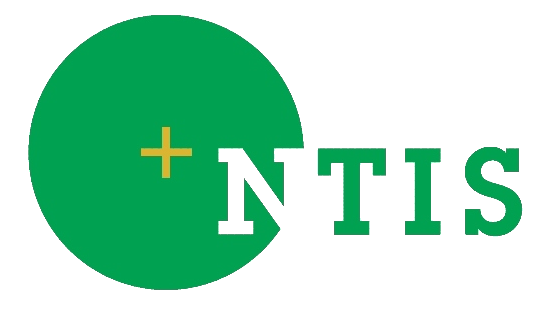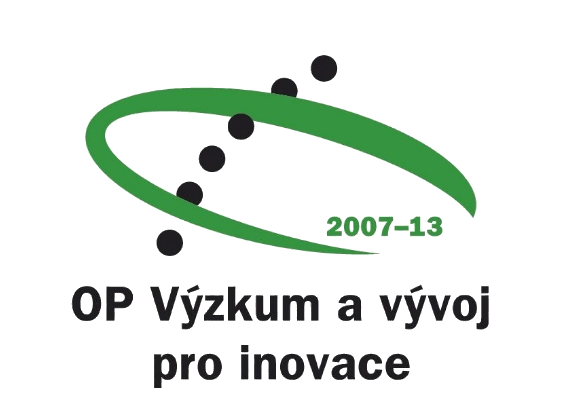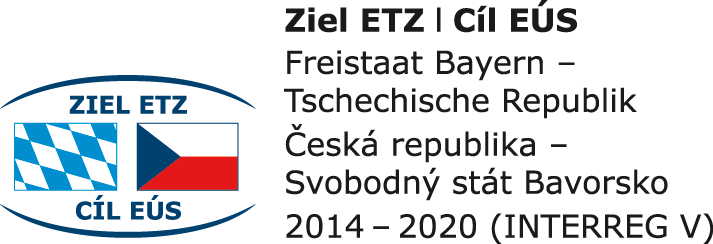
Off-line Analysis of the P300 Event-Related Potential using Discrete Wavelet Transform
The P300 component is an event-related potential associated with the process of decision making. Its accurate detection in electroencephalographic signal is essential for P300-based brain-computer interfaces. This paper proposes a new method for the P300 detection based on discrete wavelet transform. Its benefits were tested with five healthy subjects using voting classification algorithm. The accuracy of 74.4% was achieved for single trials and over 90% accuracy for averaging.







